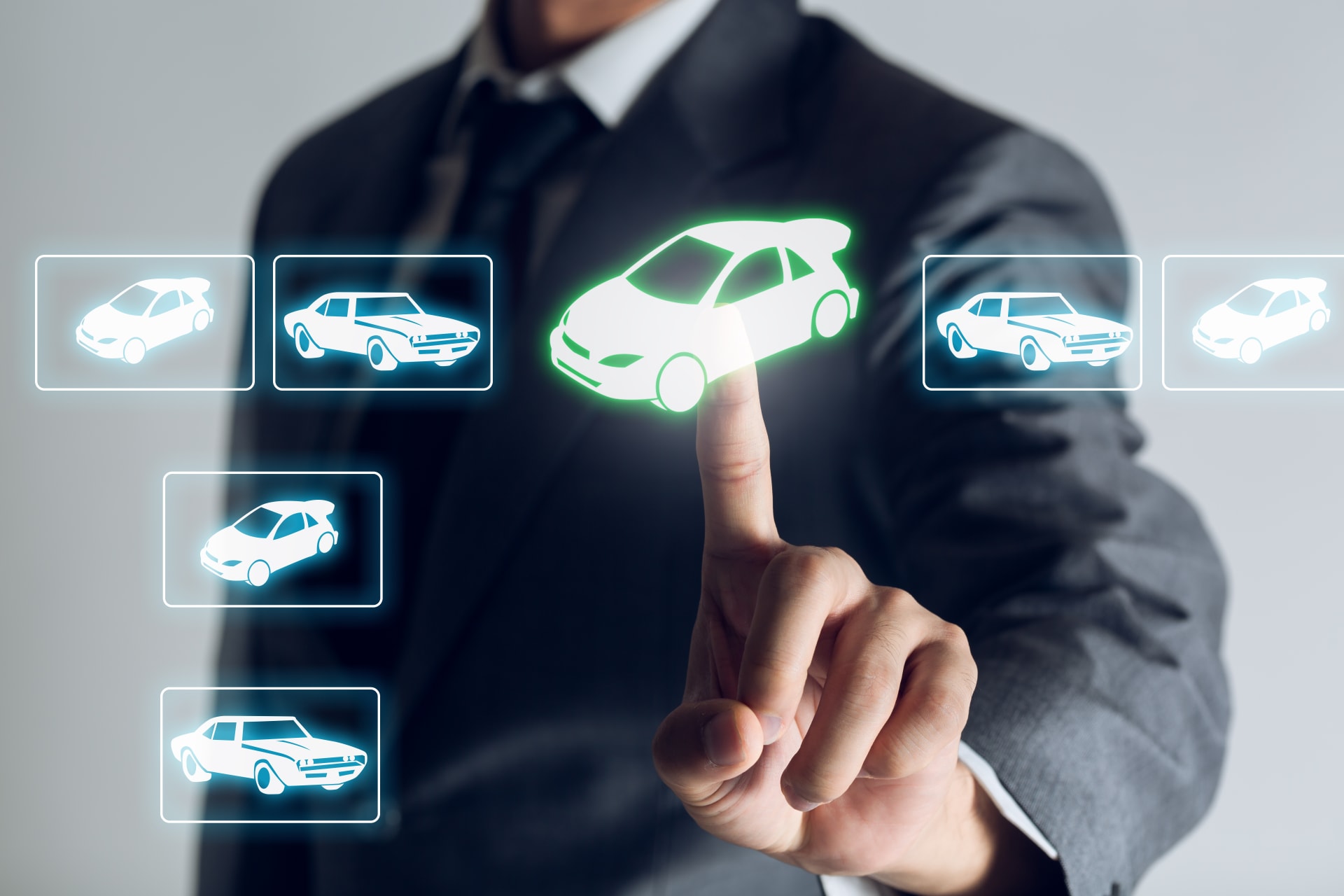Traditionally, the process of purchasing cars has taken place offline, primarily through dealerships. However, with 58% of all consumer spending now online (according to VML’s “Future Shopper” report), consumers have become increasingly comfortable making big purchases online, including big ticket items such as cars.
The rise of electric vehicles (EVs) has disrupted the industry, leading to innovation and transforming how vehicles are manufactured sold and used.
As EV technology continues to evolve and become more mainstream, its impact on the automotive industry – including D2C sales – is expected to grow significantly.
A direct-to-consumer (D2C) approach for automotive brands extends beyond revenue generation – it allows the brand to directly own and control the end-to end customer journey and brand experience, from content and branding through to order fulfilment. This approach also grants access to valuable first party data for personalization, and with the introduction of connected cars, additional data becomes accessible, enabling a deeper understanding of customer needs to help facilitate ongoing engagement.
D2C for automotive faces unique challenges due to the high-ticket nature of cars, the associated, extended discovery to purchase journey, and their infrequent buying patterns. As a result, it demands a more comprehensive integration strategy to effectively leverage D2C opportunities. Below are some critical aspects that automotive brands must consider in order to maximize their success in this dynamic and evolving landscape.
User experience (UX) design: whilst this is a key aspect of D2C, within the automotive industry, it’s imperative to consider more advanced forms of UX, such as comprehensive vehicle specifications, configurators for customizations and integration of car financing loans applications and approvals, as well as options to ‘save’ various configuration and customization options.
Transparency and trust: both must be fostered by providing information on products, pricing and purchasing processes, clearly communication of warranty terms, additional fees or charges, and any post-purchase options such as servicing.
Integration with physical touch points: seamlessly integrating D2C with physical touch points such as dealership networks or test drive centres, with options for consumers to schedule test drives, view, or inspect their configuration or to collect their vehicle.
Post-purchase support through personalisation: maximized with online resources, servicing reminders and scheduling, troubleshooting guides to address common inquires and issues.
Whilst these solutions require investments in infrastructure and technology, brands that want to stay competitive must embrace these strategies. Doing so will ensure that they’re able to not only tap into the growing trend on online consumer spending but also gain control over the consumer journey, fostering loyalty and differentiation.




